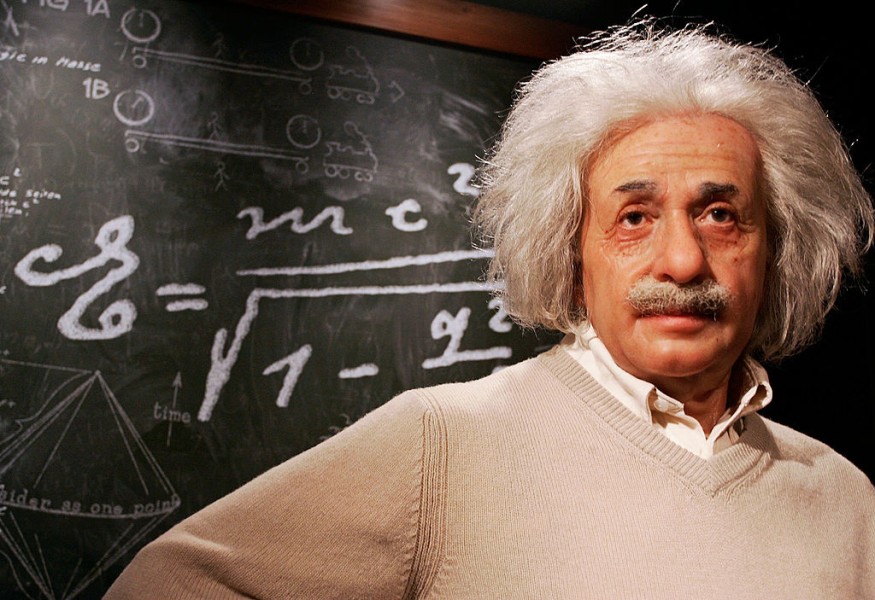General relativity, Einstein's renowned theory, has passed its most challenging test to date. Researchers saw relativistic effects that had previously only been anticipated by theory after 16 years of observing a pair of pulsars. They saw very compact neutron stars that shoot beams of radio waves from their poles.
The impact of gravity on space-time is described by general relativity. Researchers detailed what they found in a study titled "Strong-Field Gravity Tests with the Double Pulsar."

What Are Pulsars?
Science Alert said pulsars are the most helpful stars in the sky, by far. They are a form of a neutron star, which means they are extremely tiny and dense, with diameters of up to 12 miles (20 kilometers) and masses of up to 2.4 times that of the Sun.
The fact that the pulse is what distinguishes them as pulsars. They have radio-wave radiation beams coming from their poles. These beams are positioned so that they flash like a lighthouse beam when the star rotates at millisecond rates.
Pulsars are arguably the most helpful stars in the Universe since their flashes are extremely perfectly timed. Navigation, exploring the interstellar medium, and researching gravity can all benefit from variations in their time.
As recently photons follow the curved route of space-time, general relativity predicts that light would be distorted significantly around extremely large things like neutron stars. Furthermore, as neutron stars accelerate, which may happen if two of them spiral around each other, gravitational waves - ripples in space-time - are emitted, causing their orbits to shorten as energy is lost. Orbital degradation is the term for this.
Einstein's Theory of General Relativity Underwent One of Its Toughest Tests Given by a Pair of Pulsars
New Scientist said researchers have finally confirmed both of these theoretical predictions on the pulsars PSR J07373039A/B. At speeds of up to 1 million kilometers per hour, these orbit each other in just 147 minutes. One of the pulsars revolves around its axis roughly 44 times per second as they circle each other, while the other rotates once every 2.8 seconds. On Earth, we receive a barrage of radio waves every time each pulsar rotates.
"Such fast orbital motion of compact objects like these - they are about 30% more massive than the sun but only about 24 kilometers [15 miles] across - allows us to test many different predictions of general relativity - seven in total!" study co-author Dick Manchester, of the Commonwealth Scientific and Industrial Research Organisation (CSIRO), Australia's national science agency, said in a statement obtained by Space.com.
The researchers tracked the double pulsar system using seven radio telescopes in Australia, the United States, and Europe from 2003 to 2019.
They discovered that the radio pulses always came later than predicted. They estimated that this was due to the significant space-time curvature around the two stars, which deflected them at an angle of 0.04 degrees. According to Ferdman's team, this is the first experimental confirmation of such a high curvature.
The researchers added that the pulsars also experienced orbital degradation due to gravitational wave emission. They could detect the energy delivered by these waves 1000 times more precisely than direct gravitational wave detectors on Earth, such as the LIGO detectors in the United States.
RELATED ARTICLE: Mystery of 'Double Galaxy' After 8 Years; Dark Matter Most Likely The Culprit, Scientists Say
Check out more news and information on Space in Science Times.
© 2025 ScienceTimes.com All rights reserved. Do not reproduce without permission. The window to the world of Science Times.











